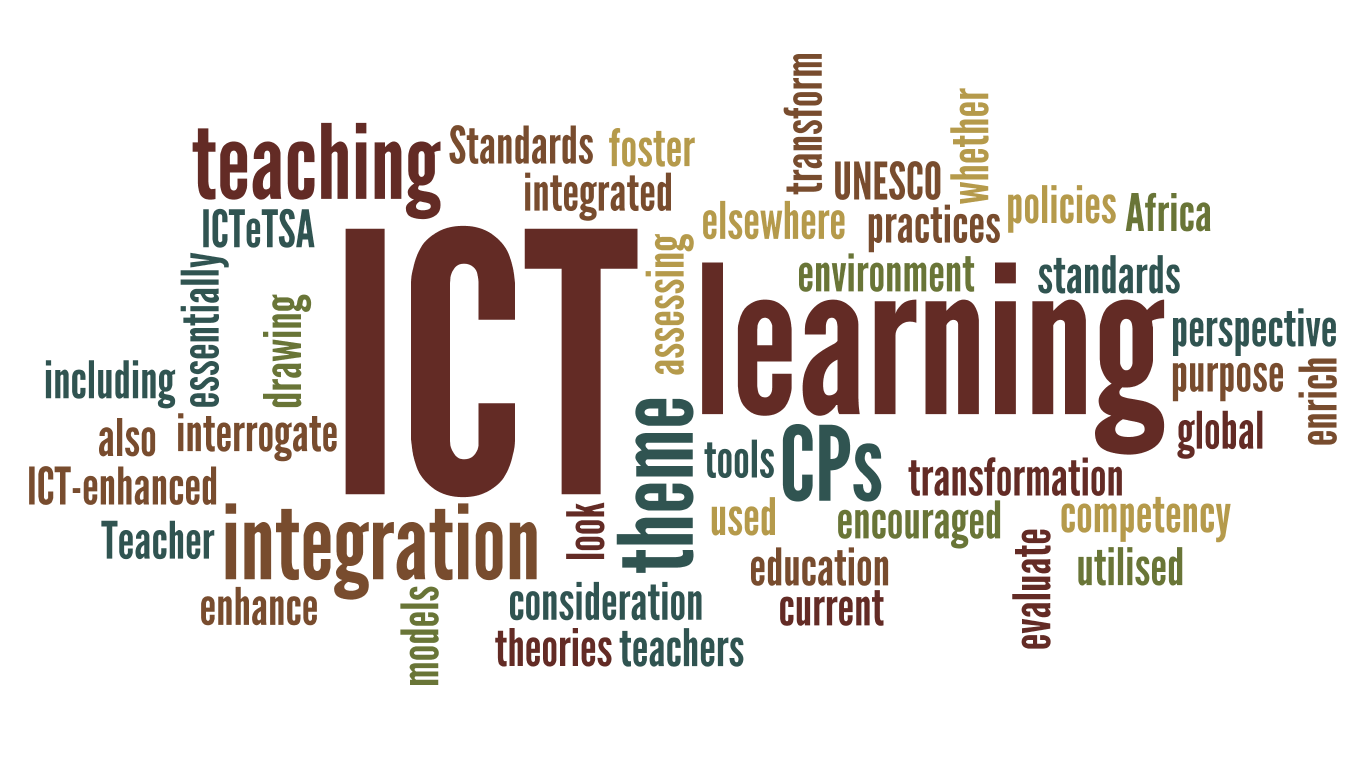You might have heard about the term ‘gamification’ before. But what is gamification and how can we, as educators in Myanmar, apply the concept in our classrooms? Gamification is using of game-like elements, such as points, challenges, and rewards, to make activities or learning more engaging and enjoyable. Gamification transforms learning into a thrilling adventure, making students more engaged and excited about assessments. Most teachers know and acknowledge the value of in-classroom educational games. But what about technology-based gamification? Technology-based gamification is a simple and still cost-effective approach that works wonders when effectively applied, especially for assessment.
You don't need fancy online applications to create your games. There are now so many simple props, ‘Do it Yourself’ (DIY) technology-based games and online game generators are in a lot of cases free and easily accessible. With gamification, you can provide instant feedback through real-time assessment, helping you understand your students' strengths and areas for improvement. Moreover, gamification is inclusive and caters to diverse learning styles and abilities, ensuring no student is left behind.
Regarding freely available resources there are some fantastic options for low-resource teachers. Platforms like Kahoot, Quizlet, and Scratch offer free tools for creating engaging quizzes, flashcards, and coding activities.
To get started with gamification: Take it step by step.
Don't be overwhelmed – begin with simple games or quizzes and build your confidence gradually.
Choose the right tool that suits your classroom's needs and resources.
Keep it simple and free.
Involve your students in the process.
Let them help create games or quizzes, fostering a sense of ownership in their learning journey.
Overcoming the fear of using ICT in the classroom is a crucial step. Don't be intimidated by the technology; embrace the learning journey alongside your students. Understand that mistakes are part of the process, and they offer valuable learning opportunities. Remember that ICT can be intimidating, but it's also a fantastic opportunity for personal and professional growth. Keep learning and improving your skills.
Let’s explore one of the most engaging UNESCO Myanmar education webinar series about game-based learning. It will be helpful for you to gain a better understanding of gamification and game-based learning.
Here is the link: https://youtube.com/watch?v=x1xCUt7Eh00.
Reflective Questions:
Take a moment to reflect on your own struggles, fears and obstacles that hinder you from trying out the utilization of online technology-based gamification. Be honest with yourself while answering the below:
I always thought it is too complex and difficult to apply.
It is the first time to hear about free online game generators such as Kahoot and Quizlet
I know, my main obstacle is my inner fear to fail.
I lack confidence when it comes to technology.
My perceptions toward technology in general is too negative
My students are mostly digitally illiterate. They are my obstacle
Time is a hindrance. To design a game will take too much time and I am overwhelmed with other tasks, such as lesson planning and administrative reporting.
Question: What will you do about your challenges? What is your plan?
Here are some tips and advices
Consult experienced teachers and ask for help.
Ask your students to help you to get started with the first game design.
Read some blog posts about how to design games using the above suggested game generators
Don’t get overwhelmed and start with only one application.
Slowly but surely. Don’t rush and don’t put unrealistic goals.
Failure is a good learning technique. Don’t be afraid to make some mistakes, it belongs to your learning journey.
UNESCO ICT Competency Framework for Teachers:
Covered Competency:
Aspect 2: Curriculum and Assessment
Aspect 3: Pedagogy
Teacher Competency:
Analyse curriculum standards and identify how ICT can be used pedagogically to support attainment of the standards.
Make appropriate ICT choices to support specific teaching and learning methodologies.
Objectives:
KA.2.c: Select ICT to support assessment strategies
KA 3.a.: Device lesson plans that incorporate ICT-supported activities to support students’ acquisition of subject knowledge.
Sources:
Ling, L. T. Y. (2018). Meaningful Gamification and Students' Motivation: A Strategy for Scaffolding Reading Material. Online Learning, 22(2), 141-155.University of Illinois Urbana-Champaign. Retrieved from Meaningful gamification and students’ motivation: A strategy for scaffolding reading material | Online Learning (onlinelearningconsortium.org)
McCarthy, J. (2021). Using Gamification to Ignite Student Learning. EduTopia. Retrieved from Using Gamification in Grades 3 to 12 to Ignite Student Learning | Edutopia
Mulkeen, D. (2018). The Top Five Benefits of Gamification in Learning. Retrieved from 5 Benefits of Gamification in Learning | Learnlight
Pappas, C. (2014). The Science and Benefits of Gamification in eLearning. Retrieved from The Science And Benefits Of Gamification In eLearning - eLearning Industry
UNESCO. (2018). UNESCO ICT Competency Framework for Teachers.
Suggested online YouTube tutorials for beginners:
What is Gamification in Education (MicroLearning)
Beginners Tutorial Kahoot 2023 – Free Version
How to use Quizlet – Official tutorial for new users





 Facebook
YouTube
Facebook
YouTube



